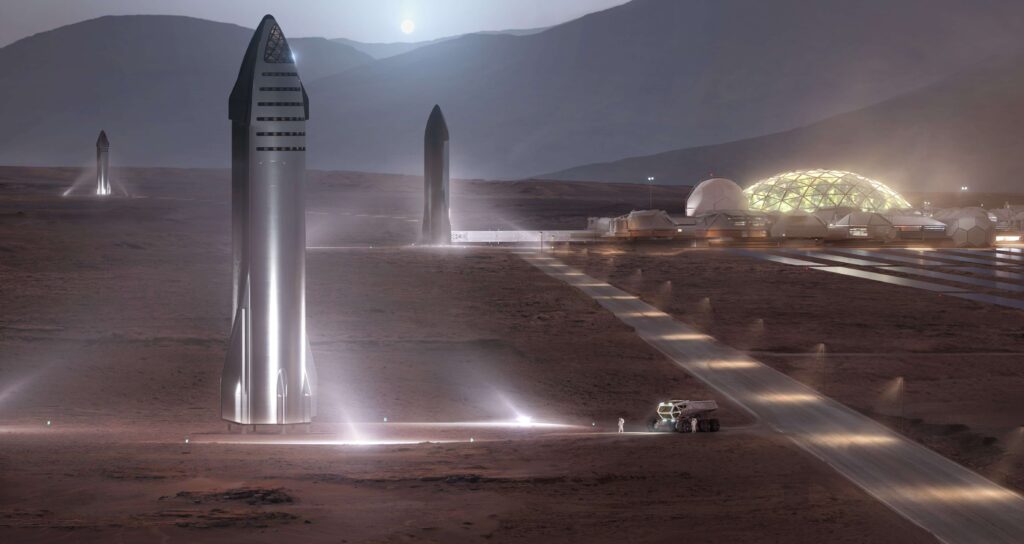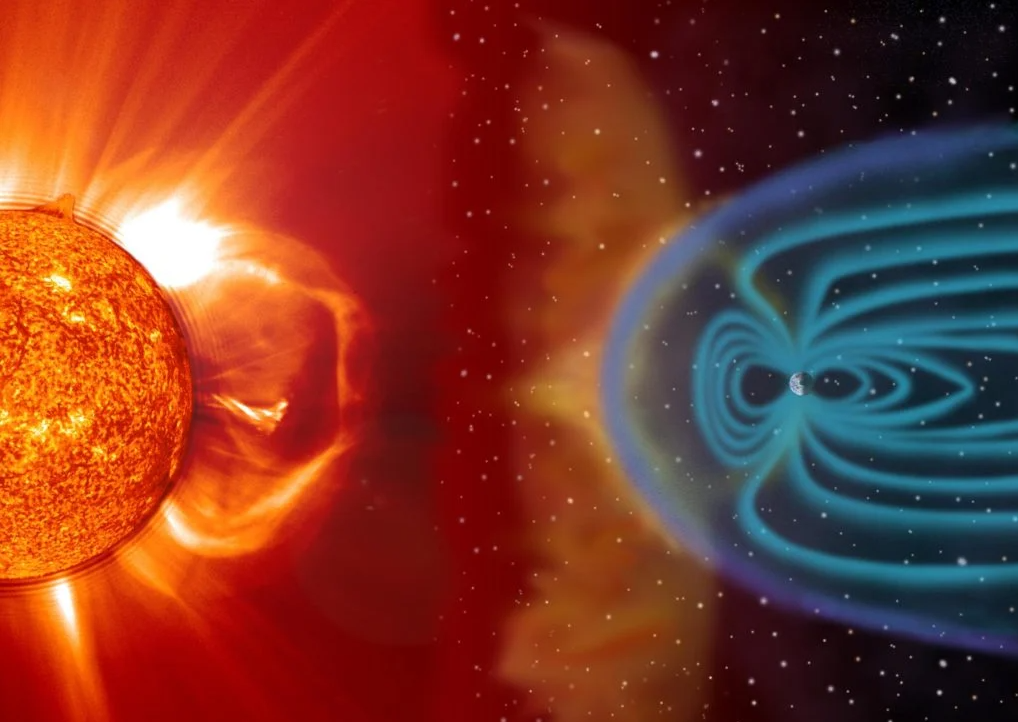
Today, we’re right in the middle of Solar Cycle 25, which started in 2019 and will last until about 2030. During this time, we see changes in the sun’s activity, like solar flares and solar storms, which are expected to be most intense this year or next. This makes it a key time to improve how we keep an eye on the sun’s behavior.
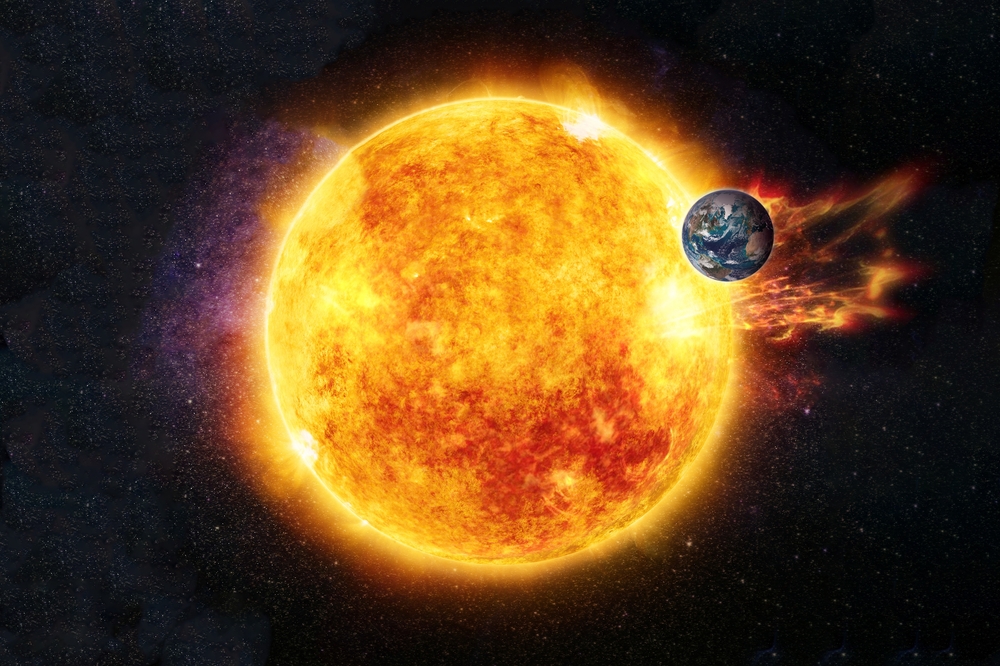
Why studying the sun’s activity is crucial
Solar flares and the geomagnetic storms they can trigger really affect our daily lives. They can mess up satellites that help with our phones and GPS. They can also damage power systems, causing huge blackouts, and are a danger to astronauts and even airplane passengers due to increased radiation.
When the sun is very active, it sends out more solar flares, which can harm all kinds of technology that depend on space conditions.
These kinds of disruptions can be really expensive for countries. For example, power outages from solar activity can cost billions of dollars every year. A really bad space weather event could cause daily losses of over $41 billion worldwide, largely because they disrupt the flow of goods and services.
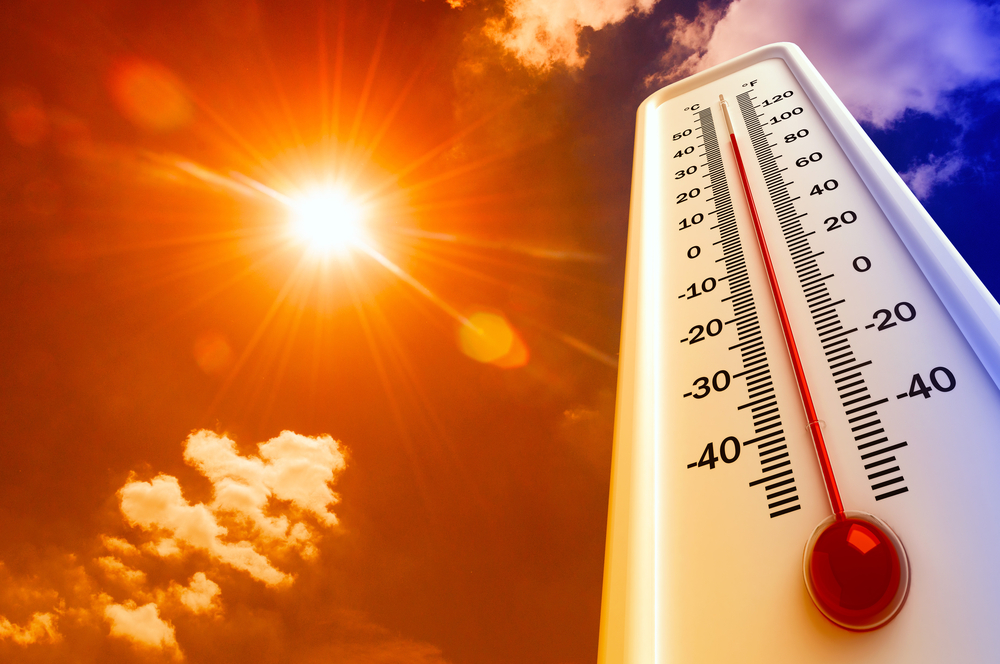
Current methods and what we need for the future
Right now, in 2024, space weather is mainly tracked by groups like the National Oceanic and Atmospheric Administration in the U.S. and the European Space Agency. They use data from satellites and ground stations to figure out what’s going on with the sun.
However, these forecasts are not always right because they often rely on past data, which may not always predict new events accurately.
For instance, back in March 1989, a strong geomagnetic storm knocked out power across Quebec, Canada, for nine hours because the forecasts back then weren’t as good. And in August of that same year, another solar event shut down the Toronto Financial Exchange for three hours.
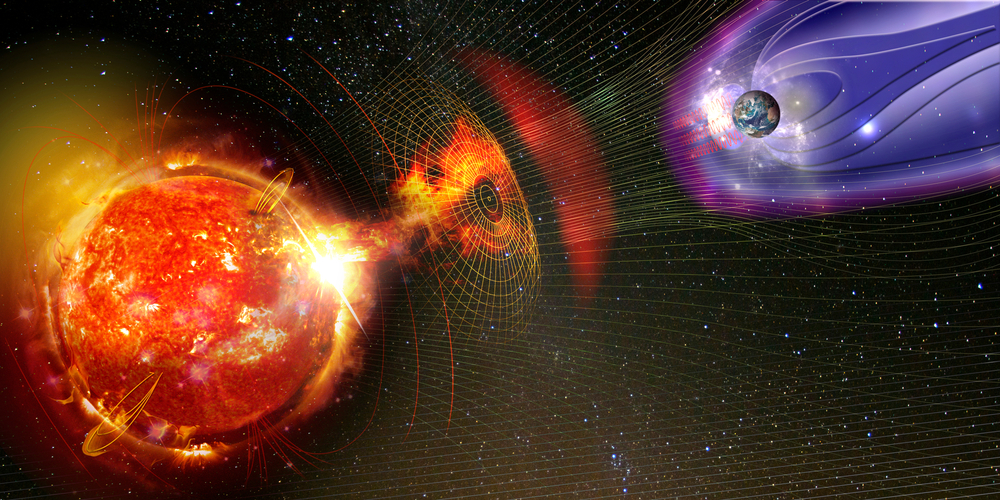
The need for better systems to get more accurate and timely data about solar weather is clear. Unlike weather here on Earth, space weather affects the whole planet. To improve forecasting, we need to collect and share data globally.
One important step is creating a global storehouse for all space weather data—a “data lake.” This would bring together a lot of information from different sources like satellites and research centers worldwide.
Another step is to use new technology in space. Right now, a lot of our space weather info comes from big, costly government systems that aren’t always fast. By using smaller satellite groups in low Earth orbit, we can get data more quickly and cheaply, which helps keep the information flowing even if bigger systems have problems. Groups like Mission Space, Spire Global, and Millennium Space Systems are working on this.
Looking ahead
Keeping track of space weather isn’t just for scientists—it’s essential for the future of humanity in space and on Earth. As we get better at understanding and predicting space weather, we can make space travel safer. This means exploring far-off planets and maybe even living on places like the moon or Mars. We’ll also be better at protecting our infrastructure on Earth, like power and communications systems, making sure they’re safe from solar storms. This protection will support new industries in space, like tourism and resource mining, and help us build outside Earth’s boundaries.
SpaceX’s plans to settle on Mars show a big vision for using space to benefit the economy. Setting up homes on Mars would need good planning and safety measures, which depend on accurate space weather forecasts.
